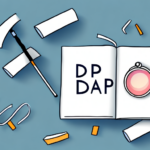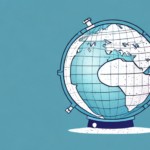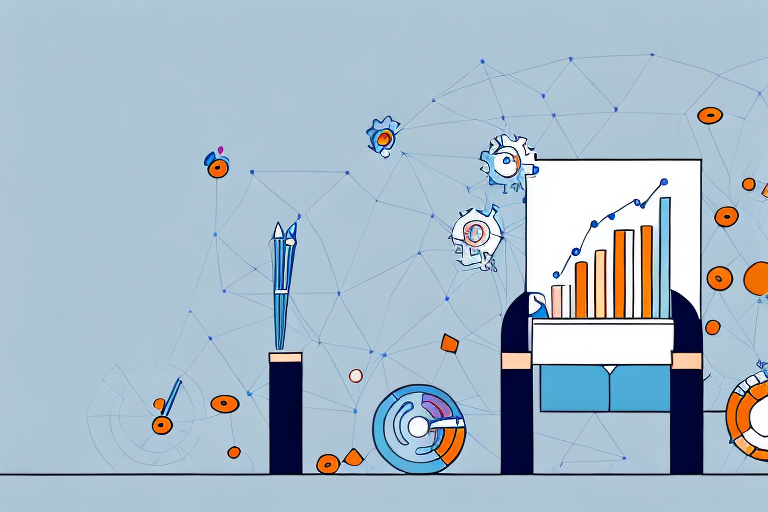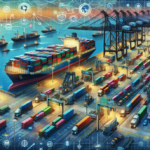Understanding Digital Audio Processing (DAP)
Digital Audio Processing (DAP) utilizes digital technology to modify, enhance, or manipulate audio signals. Initially developed decades ago, DAP has evolved significantly, becoming a cornerstone in various industries such as music, broadcasting, and film. This section delves into the fundamentals of DAP, its historical evolution, technical workings, advantages, and its pivotal role in sound quality enhancement.
The Evolution of Digital Audio Processing
The inception of DAP can be traced back to the 1980s with the introduction of Digital Audio Workstations (DAWs), which revolutionized how audio signals are recorded, edited, and manipulated. The 1990s saw the advent of Digital Signal Processors (DSPs), enabling real-time audio processing and the creation of sophisticated digital effects like reverb and compression. Today, advancements in machine learning and artificial intelligence are pushing the boundaries of DAP, allowing for more intricate and precise audio manipulations.
Technical Overview: How DAP Works
At its core, DAP involves the use of mathematical algorithms to process digital audio signals. These algorithms perform various tasks, including noise reduction, equalization, compression, and spatial enhancement. By analyzing and manipulating the numerical representations of audio waveforms, DAP can significantly improve sound quality and clarity. The compatibility of DAP with multiple audio formats such as MP3, FLAC, and WAV ensures its versatility across different platforms and devices.
Key Features of DAP
- Noise Reduction: Eliminates unwanted background sounds to enhance audio clarity.
- Equalization: Adjusts the balance of specific frequency ranges to refine the audio output.
- Compression: Controls the dynamic range of audio signals, ensuring consistent sound levels.
- Spatial Enhancement: Creates a wider soundstage, providing a more immersive listening experience.
Advantages of Digital Audio Processing in Music Production
DAP has transformed the music industry by offering producers an array of powerful tools to achieve professional-quality sound without the need for expensive equipment. Key advantages include:
- Cost-Effectiveness: Access to high-quality processing tools at a fraction of the cost of analog equipment.
- Precision and Flexibility: Enables detailed editing and manipulation of audio tracks with ease.
- Collaboration: Facilitates seamless sharing and collaboration among artists globally.
Enhancing Sound Quality and Clarity with DAP
Digital Audio Processing plays a crucial role in refining audio signals by reducing noise, eliminating distortion, and balancing sound levels. These enhancements not only improve the listening experience but also extend the lifespan of audio equipment by minimizing signal degradation.
In settings like conference rooms and lecture halls, DAP enhances speech intelligibility by minimizing background noise and clarifying the speaker's voice. This ensures effective communication and a better auditory experience for listeners.
Digital vs. Analog Audio Processing: A Comparative Analysis
While analog audio processing relies on physical devices such as mixers and equalizers, DAP utilizes software and digital hardware to achieve similar outcomes. The primary benefits of DAP over analog processing include:
- Automation and Recall: Easily save and recall presets, streamlining the production workflow.
- Cost Efficiency: Generally more affordable than maintaining a full analog setup.
- Space-Saving: Eliminates the need for bulky physical equipment.
Applications of DAP Across Industries
Beyond music production, Digital Audio Processing has diverse applications across various sectors:
- Broadcasting: Enhances the quality of radio and television broadcasts.
- Film Production: Improves sound effects and musical scores in movies.
- Gaming: Creates immersive audio environments for enhanced player experiences.
- Automotive: Enhances car audio systems for superior in-car entertainment.
- Virtual Reality: Develops realistic and immersive audio landscapes for VR applications.
Popular Digital Audio Processing Techniques in the Music Industry
The music industry leverages various DAP techniques to achieve high-quality sound production:
- Noise Reduction: Removes unwanted sounds to create a cleaner audio track.
- Equalization: Balances different frequency components for a harmonious sound.
- Compression: Manages dynamic range to ensure consistent audio levels.
- Reverb: Adds depth and space to audio, creating a more natural sound environment.
Advanced techniques like spectral editing and convolution are also gaining traction, offering unprecedented control and realism in audio production.
The Future of Digital Audio Processing
The landscape of Digital Audio Processing is rapidly evolving, driven by emerging technologies such as artificial intelligence and machine learning. Future trends include:
- AI-Powered Audio Processing: Automates complex tasks like noise reduction and speech enhancement.
- 3D Audio: Creates immersive sound experiences for virtual and augmented reality applications.
- Real-Time Processing: Enhances live audio applications with instantaneous adjustments.
These advancements promise to revolutionize how we interact with and experience audio, making DAP an ever more integral part of various technological innovations.
Conclusion
Digital Audio Processing has undeniably transformed the audio landscape across multiple industries. From enhancing music production to revolutionizing virtual reality soundscapes, DAP offers unparalleled flexibility and precision. As technology continues to advance, the potential applications and capabilities of DAP are bound to expand, promising even more sophisticated and immersive audio experiences in the future.






















